In a recent interview with Forbes, Dmytro Prodanyuk, co-founder of Ukrainian drone maker Wild Hornets, shared his thoughts on the future of drone warfare and the challenges faced by the industry. With President Zelensky setting an ambitious target of building a million drones in 2024, Ukraine has already shattered records by producing 200,000 drones in the first two months of this year.
Ukraine’s Drone Production Boom
Prodanyuk believes that Ukraine’s drone production could reach two to three million units this year, surpassing the initial goal of one million. Many of these drones are small FPV (First Person View) attack drones assembled by individuals in their spare time. However, the cutting edge lies with groups like Wild Hornets, who develop new generations of drones, designing and testing them before putting them into production.
One of the biggest challenges faced by drone makers in Ukraine is funding. While most are private businesses, Wild Hornets stands out as a nonprofit organization. Soldiers’ recommendations and videos about Wild Hornets have brought increased awareness and support from donors, allowing for a significant production boost in the fall of 2023.
Wild Hornets’ Drone Catalog
Wild Hornets offers several types of drones for different purposes, classified by frame size:
- 7- or 8-inch models: 1.5 kg payload, up to 20 km range
- 10-inch version: 2.5 kg payload, similar range
Prodanyuk notes that 70-80% of strikes occur at 10 km or less. Wild Hornets has also pioneered the use of FPVs as reusable bombers, which typically survive 10 to 30 flights before being lost, making them more cost-effective than kamikaze drones.
Despite the prevalence of Russian jamming, Wild Hornets constantly updates their designs to counter electronic warfare. A combination of hardware, tactics, and operator skill has led to a higher proportion of drones getting through compared to a year ago.
Advancements in Drone Technology
Wild Hornets has introduced several innovative drone technologies, such as:
- “Wally” – a night attack drone with a low-cost night vision system
- “Queen Hornet” – a mothership drone that acts as a radio relay and carries an FPV attack drone
However, the most significant development is likely to be in Artificial Intelligence (AI), with the first Ukrainian FPV Drones with automatic target recognition already being fielded. AI guidance makes drones immune to jamming and may have a better strike rate than human pilots.
The Future of Drone Warfare
Prodanyuk believes that the main change brought about by drones is the increase in combat ranges, with kills being scored from many miles away. However, he anticipates that the large-scale adoption of AI and fully autonomous drones could significantly alter the battlefield within a year.
“Ukraine is leading the way in showing how FPV drones can be used in an actual war,” says Prodanyuk. “There will be a lot of interesting things coming!”
As Drone Technology continues to advance, the impact on modern warfare remains to be seen, but it is clear that FPVs are poised to become a dominant force on the battlefield.
Photo courtesy of Wild Hornets.

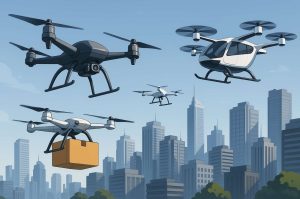
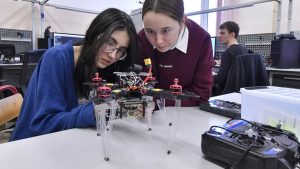
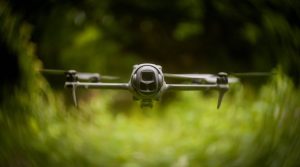

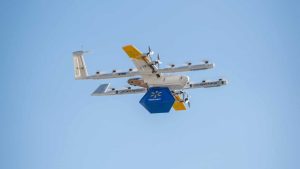
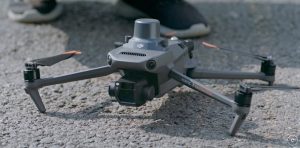

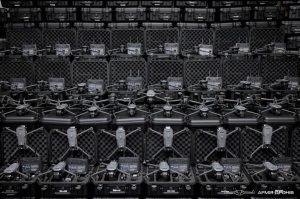


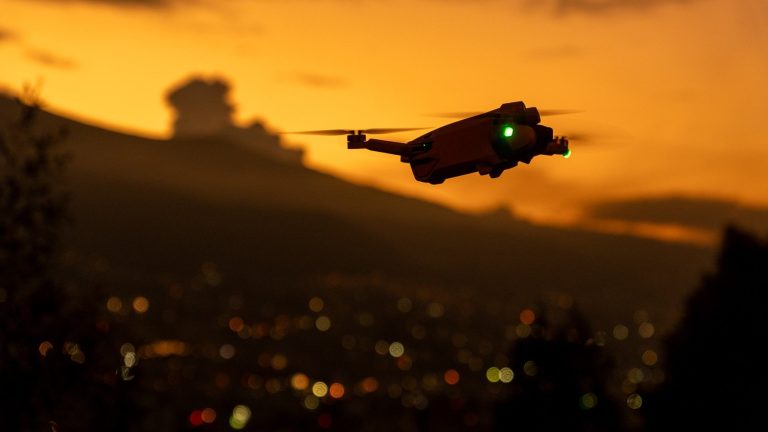

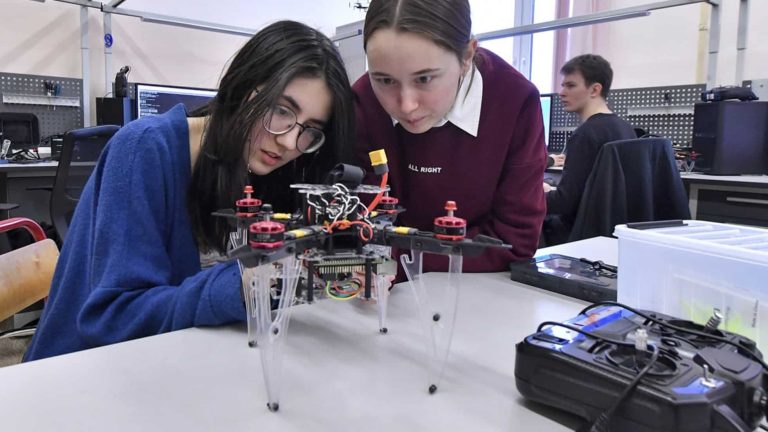

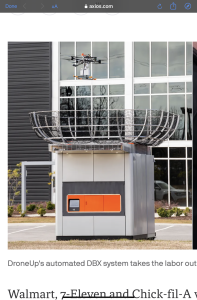
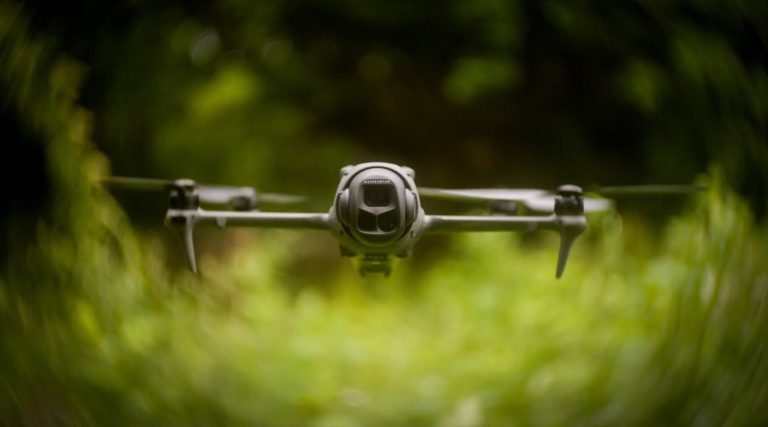

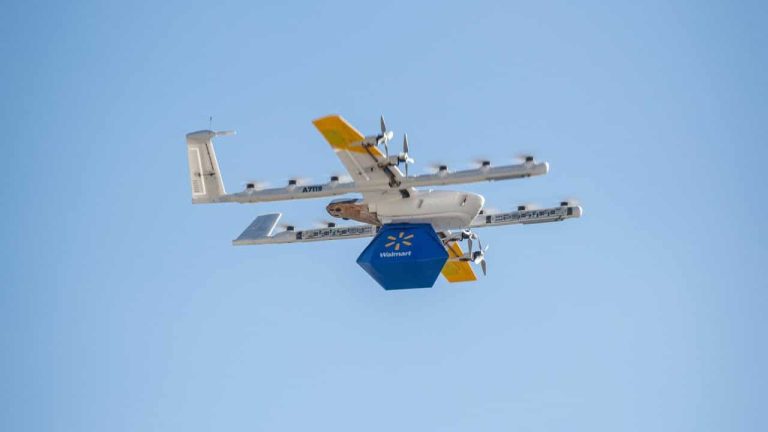
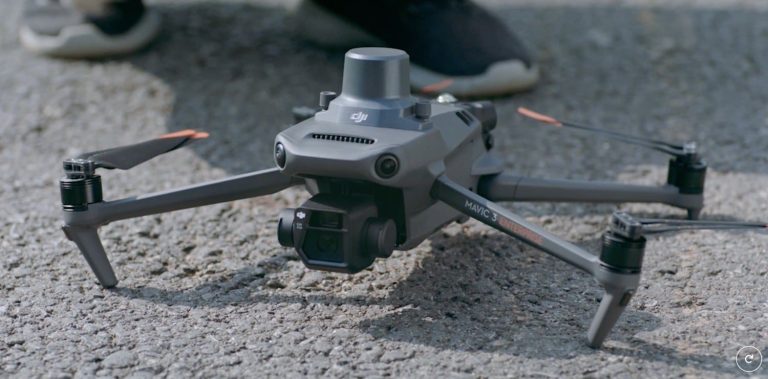

+ There are no comments
Add yours